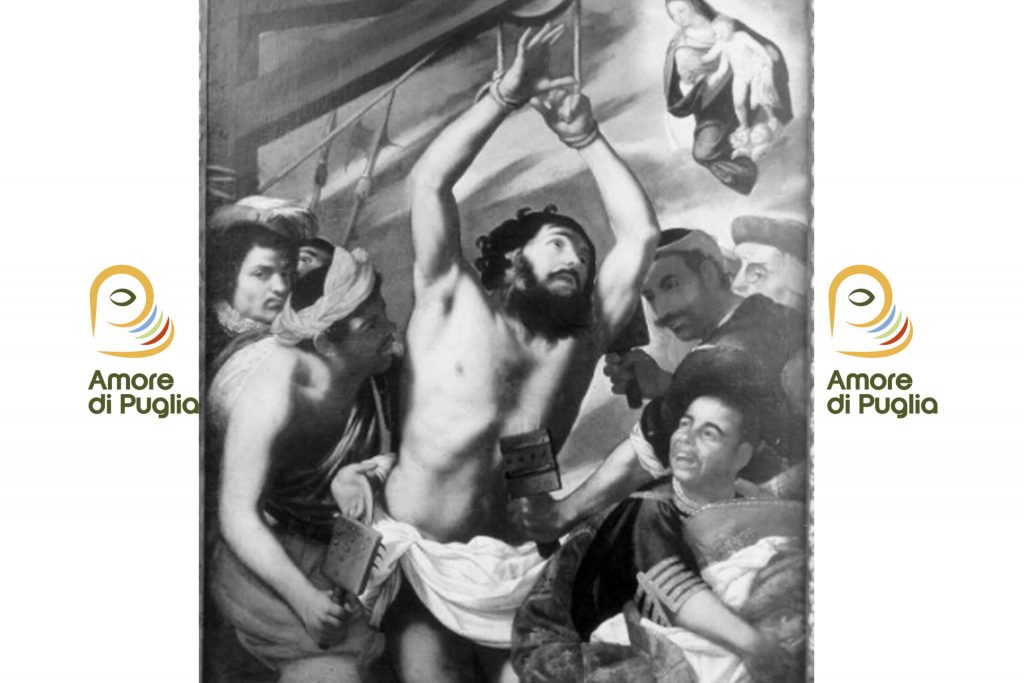
Pacecco De Rosa, pseudonym of Giovan Francesco De Rosa, was born in Naples in 1607 and is among the most active southern painters in the Kingdom.
Many works are found in the Capodimonte museum and in the San Martino museum.
Also influenced by Domenichino, he stands out from other Neapolitan painters of the time for the classicizing purism of his works. Pacecco was also the leader of a pictorial movement, purism.
In 1636 he painted Saint Nicholas of Bari and the boy Basilio (sacristy of the Certosa di San Martino. A series of paintings with a similar subject, Madonna and Child (one preserved in San Martino, another in the Church of Santa Marta and another in the National Gallery of Prague), although of controversial attribution, seem to belong to De Rosa.
Of particular interest is the painting from the 1440s, present in San Domenico Maggiore, the Madonna and San Carlo Borromeo, in which the collaboration with Vitale is certain and in which we see a variation of the classic iconographic theme as San Domenico is present in the painting almost in the background and out of the way with respect to San Carlo.
De Rosa's workshop employed many high-level students and, to resolve the numerous questions of attribution of his works, scholars have very often relied on a sort of personal signature of the author, represented by his dog depicted in many paintings.
The artist's production was copious and, among the subjects of certain attribution, there are certainly those depicting religious themes, such as the Annunciation in San Gregorio Armeno and Saint Thomas Aquinas receiving the girdle of chastity in Santa Maria della Sanità.
Works from his maturity of great artistic importance are the Massacre of the Innocents, now in the Philadelphia Museum, and the Bath of Diana and Susanna and the Elders in the Capodimonte Museum.
It is not known where the artist died, as happened with other Neapolitan painters who died in the same year; the causes are to be found in the plague epidemic of 1656.
In the parish church of Lizzanello there is one of his works, The Martyrdom of Saint Lawrence. A beautiful work (on the cover) with a story of theft. Found in 1997 in the back room of a pastry shop in Lecce and returned to its original location.
A canvas depicting Saint Agnes present in the Castle of Francavilla Fontana has unfortunately been lost.
In Lecce, in the Sigismondo Castromediano museum, there is a martyrdom of Saint Biagio of remarkable workmanship.
















Leave a comment